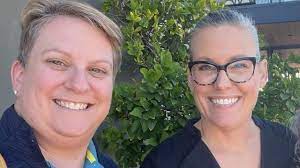December 7th, 2022, 1-2:00pm AZ Time
In this session we will be highlighting the difference between lobbying, advocacy and education, discussing what you’re allowed to do, and how to operate within both the letter and spirit of those guidelines. We are pleased to be joined by experts on the guidelines that govern lobbying and advocacy: the ChangeLab solutions team and Allen Mattison, partner at Trister Ross.
Register in advance for this meeting. After registering, you will receive a confirmation email containing information about joining the meeting.
This session will include live transcription (the automatic zoom capability), please email Rya (rya.griffis@apha.org) any accommodations or considerations we should take to make sure you can fully participate.





